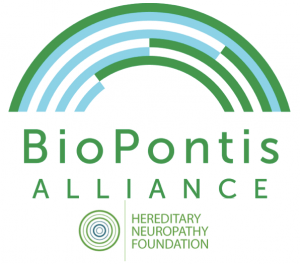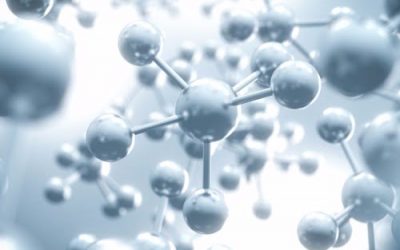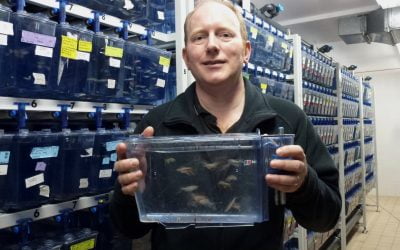 Hereditary Neuropathy Foundation has spent the past seven years and over 1.3 million funding basic to early translational research and now the time has come to move these discoveries towards the goal to provide treatment options for patients. HNF has entered into a joint venture – the CMT Therapeutic Alliance – with a unique non profit organization (BioPontis Alliance for Rare Diseases) that brings professional drug discovery capabilities to translate our research results into potential treatments. The CMT Therapeutic Alliance is supporting a project with SYSTASY Bioscience GmbH (located in Munich, Germany) to screen drug compounds in a novel cellular model of CMT1A. The scientific advisor of the study, Prof. Michael Sereda from the University Medical Center Göttingen, Germany, says: ‘We have recently seen that the demyelinating pathology in CMT1A appears to be the result of an imbalance between two chemical pathways in Schwann cells. We will be looking for drug compounds that can correct this imbalance. If candidate compounds can be validated in pre-clinical animal models, then clinical trials are in immediate reach.’
Hereditary Neuropathy Foundation has spent the past seven years and over 1.3 million funding basic to early translational research and now the time has come to move these discoveries towards the goal to provide treatment options for patients. HNF has entered into a joint venture – the CMT Therapeutic Alliance – with a unique non profit organization (BioPontis Alliance for Rare Diseases) that brings professional drug discovery capabilities to translate our research results into potential treatments. The CMT Therapeutic Alliance is supporting a project with SYSTASY Bioscience GmbH (located in Munich, Germany) to screen drug compounds in a novel cellular model of CMT1A. The scientific advisor of the study, Prof. Michael Sereda from the University Medical Center Göttingen, Germany, says: ‘We have recently seen that the demyelinating pathology in CMT1A appears to be the result of an imbalance between two chemical pathways in Schwann cells. We will be looking for drug compounds that can correct this imbalance. If candidate compounds can be validated in pre-clinical animal models, then clinical trials are in immediate reach.’
In order to facilitate the first phase of this initiative, we have set a fundraising target of $500,000.
To learn more , click here.





0 Comments